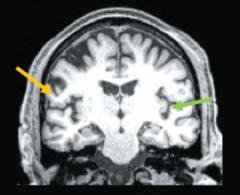
This Article From Issue
January-February 2022
Volume 110, Number 1
Page 4
DOI: 10.1511/2022.110.1.4
To the Editors:
I read “Tunnel Vision” by Dean Tantillo (Perspective, September–October 2021) with great interest. If I understand correctly, the central concept of the article is that by quantum tunneling, some types of reactions may take place where it appears there isn’t enough energy to initiate the reaction.
I recognize that the subject area of the article was chemistry, but could the same principles be applied to other types of reactions? Specifically, could quantum tunneling initiate nuclear fusion? In the article, the actions of electrons and their quantum uncertainty is a central feature of quantum tunneling. Perhaps at a nuclear level some other particle or force might be involved.
Tom Wright
Lakewood, CA
Dr. Tantillo responds:
It is indeed thought that tunneling plays an important role in nuclear fusion, specifically inside stars. Although the cores of stars are exceedingly hot, they are not generally hot enough for fusion to occur simply via over-the-barrier processes, because barriers for bringing positively charged nuclei together are themselves exceedingly large. Quantum tunneling provides another route!

American Scientist Comments and Discussion
To discuss our articles or comment on them, please share them and tag American Scientist on social media platforms. Here are links to our profiles on Twitter, Facebook, and LinkedIn.
If we re-share your post, we will moderate comments/discussion following our comments policy.